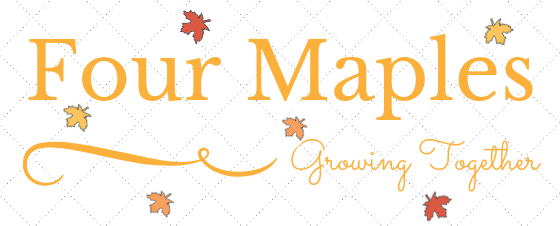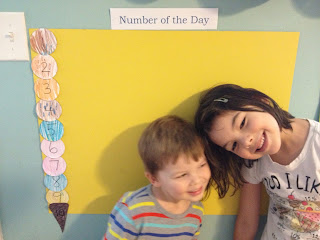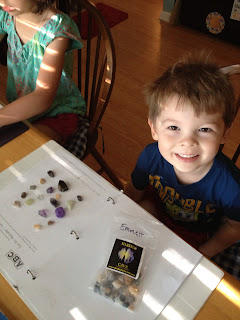One of the things our kids look forward to the most is the Number of the Day. For G-Bug especially, there is something very comforting in the routine of beginning most mornings by learning a new number, practicing counting and addition/subtraction with that number, and best of all...
Number of the Day worksheets!
At the beginning of the year, I had numerous resources to draw from for our number of the day activities. Everyone loves learning to count to twenty! Free online worksheets were everywhere - all I needed were a few minutes and a printer. (FYI: One of my favorite resources for worksheets 1-20 was Confessions of a Homeschooler).
Then we hit number 21.
I soon discovered that most worksheets don't tackle writing/counting numbers after 20. I did find these worksheets for numbers 21-30, but other than that I was stuck. And a bit desperate. The NOD worksheet routine is so highly anticipated and helps to set a positive tone to our entire day. And G-Bug is asking for more! What to do?
So, I made the decision to learn to make my own worksheets. A dear friend introduced me to Microsoft Publisher, and a whole new world of possibilities opened up! Number of the Day was saved!
I have recently gotten braver and decided to try to draw my own graphics using a tablet app to avoid any copyright issues. Plus it's just fun to put my one semester as an art major into practice (here's to unwasted college classes!).

Now I'm taking another big leap: I've decided to share these worksheets with all of you, in the hopes that someone else might find them useful.
I am currently working on getting the worksheets for numbers 21-52 uploaded in the next month (or two). In the meantime, here are a couple of Thanksgiving worksheets that you might enjoy (numbers 49 and 20).
Happy Thanksgiving, and don't forget to count your blessings! AY! (rim shot)



































